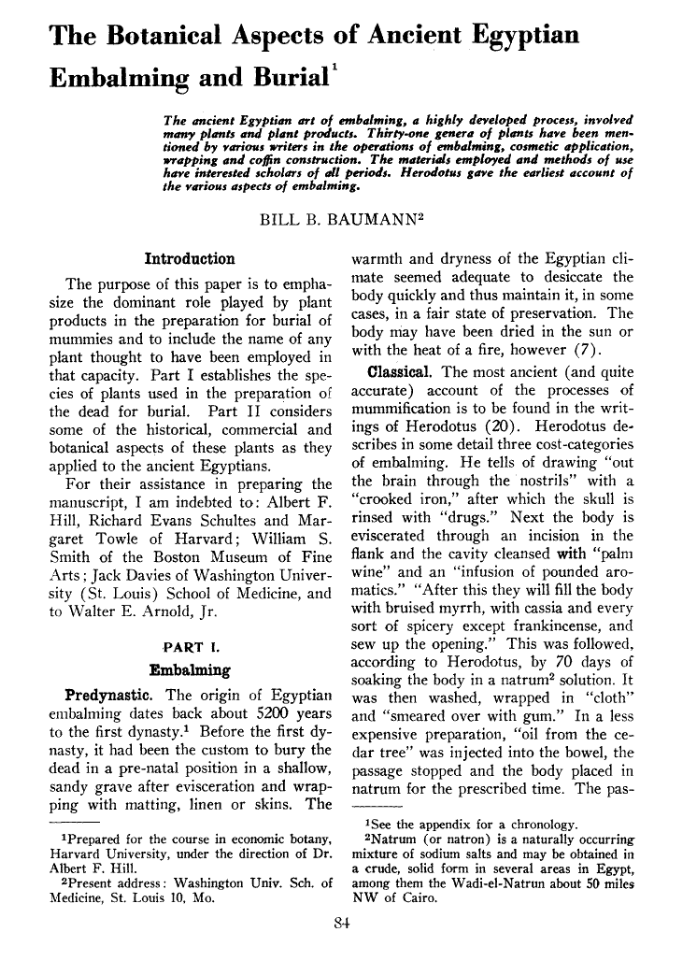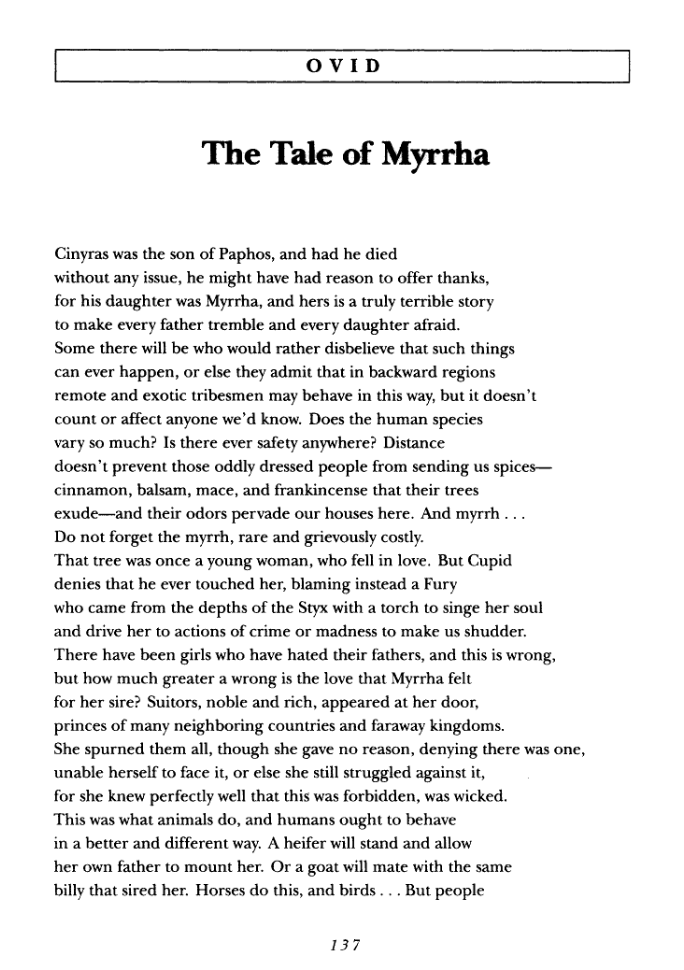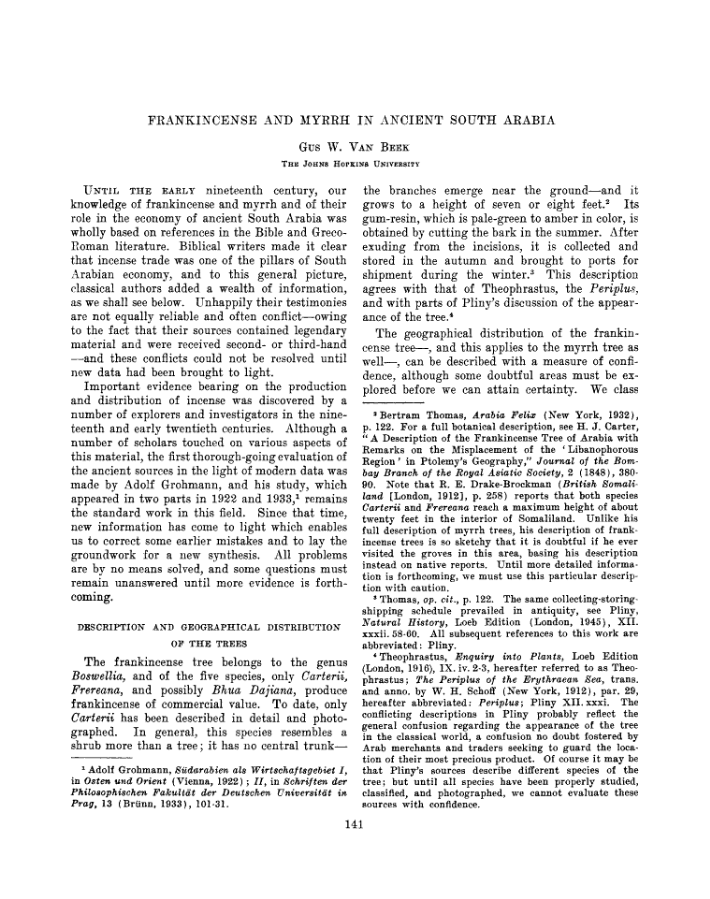Myrrh
Along time, the three Magi were given distinct characteristics in Christian tradition. Although others traditions exist as well, Caspar was usually taken to be the old magus who presented the gold, Melchior was described as middle-aged, bringing frankincense from his native Arabia, while Balthazar, believed to have come from Saba – modern south Yemen, or, according to other traditions – from the African Horn, was given the traits of a young man, with myrrh as his offering. Accordingly, he was portrayed as a black man already from the twelfth century on in various parts of Europe.
Africa and Asia were the main suppliers of spices and herbs, as well as natural healing and therapeutic minerals. These luxurious goods were imported to Europe, thereby drastically changing pharmaceutical medicine.
Among other objects of trade was the myrrh. The precious sap extracted from the bark of the Commiphora Myrrha tree, serves for incense, embalmment and healing. The myrrh tree is indigenous to Arabia Western Africa – the alleged origin of the magus Balthasar. Hence the connotation between the moor and the myrrh was established. Gradually, the dark-skinned magus, the moor, became associated not only with myrrh, but rather assumed the role of agent for all perfume, curative balms, and medication in general.
An interesting feature that is found in some depictions of the Adoration of the Magi is the vessel that holds the myrrh. Although it is not consistently held by Balthasar but by Melchior – both bearers of aromatic substance – the myrrh-holder is strikingly similar not only to mostrances and ostensoria, but sometimes could be mistaken to be a Havdalah spice-box. Or is it the other way around?




